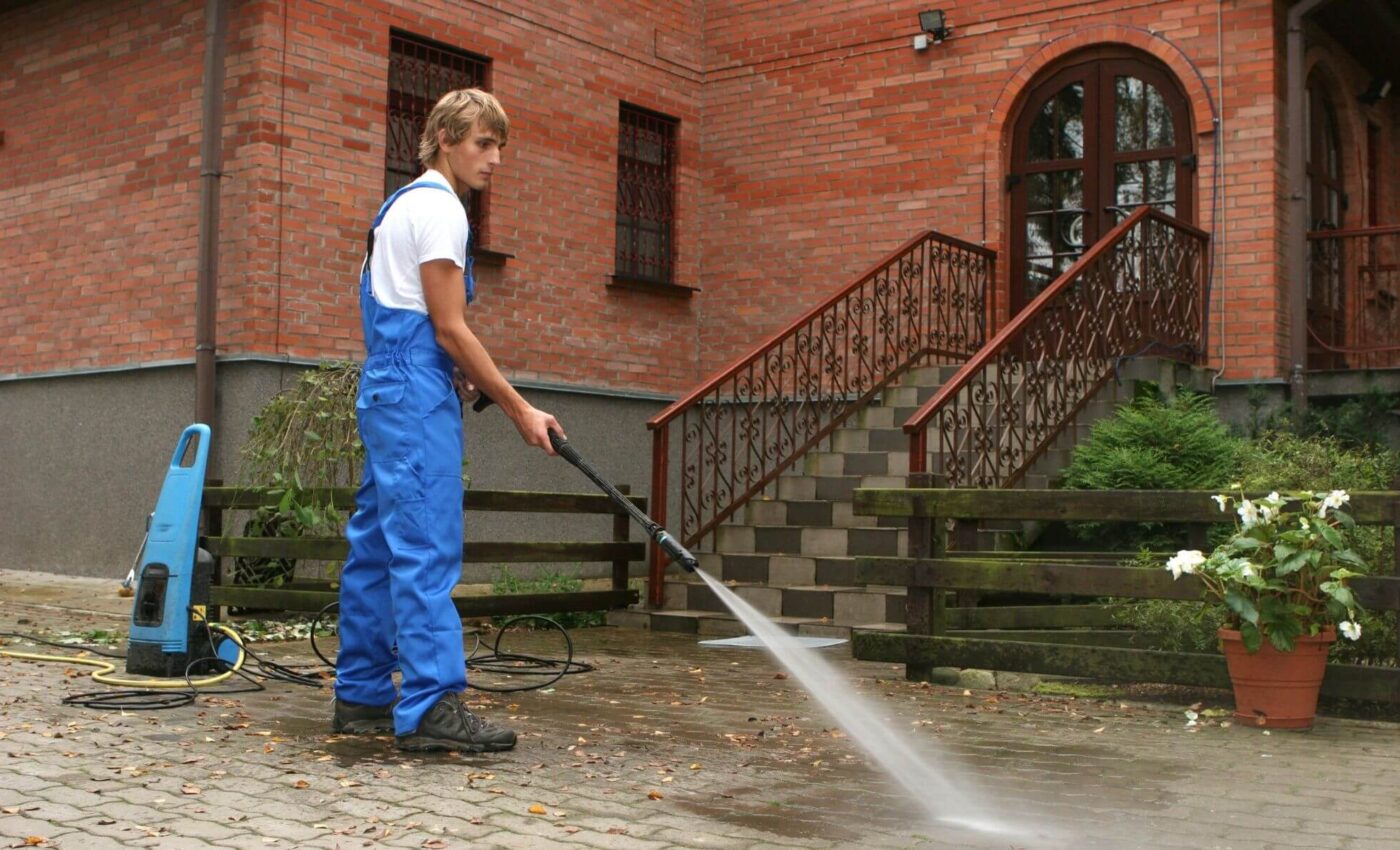Soft Washing in Lacey, Washington has emerged as a highly effective and gentle alternative to traditional pressure washing, especially when dealing with delicate surfaces or materials. Comprising a specialized set of techniques, soft washing offers a meticulous and thorough cleaning process. Soft washing’s careful approach ensures not just cleanliness but the preservation of surfaces, making it an ideal choice for diverse cleaning needs.
Understanding the five major components of soft washing is essential for achieving optimal results and safeguarding the integrity of surfaces.
Biodegradable cleaning solutions
The cornerstone of soft washing lies in the use of biodegradable and eco-friendly cleaning solutions. Unlike high-pressure washing that relies on sheer force, soft washing leverages chemical solutions to break down and eliminate contaminants such as mold, algae, mildew, and dirt. These solutions are carefully formulated to be potent yet gentle, ensuring effective cleaning without causing harm to surfaces or the environment.
Low pressure application
One of the defining features of soft washing is the use of low pressure during the application of cleaning solutions. Unlike traditional pressure washing, which can be too forceful for certain surfaces, soft washing employs a gentler approach. The low-pressure application minimizes the risk of damage to materials like siding, roofing, or delicate decorative elements, making it suitable for a wide range of surfaces.
Specialized equipment
Soft washing requires specialized equipment designed to handle the application of cleaning solutions at low pressure. The equipment typically includes a dedicated pump system, hoses, and nozzles that ensure a controlled and even distribution of the cleaning solution. This precision is crucial for achieving thorough coverage without the risk of over-saturation or damage to the surfaces being cleaned.
Personal Protective Equipment (PPE)
Safety is paramount in any cleaning process, and soft washing is no exception. Professionals engaged in soft washing should use appropriate personal protective equipment (PPE) to safeguard themselves from exposure to cleaning chemicals. This may include gloves, goggles, and respiratory protection to ensure a safe working environment and prevent any potential health risks.
Thorough rinsing
After the cleaning solution has been applied and allowed to dwell, thorough rinsing is the final component of the soft washing process. Using low pressure, surfaces are carefully rinsed to remove residual cleaning solutions and contaminants. This step is crucial for preventing any potential damage from prolonged exposure to the cleaning chemicals and ensuring that the cleaned surfaces are left looking pristine.
To sum up
Mastering soft washing involves a meticulous understanding and application of its five major components: biodegradable cleaning solutions, low pressure application, specialized equipment, personal protective equipment, and thorough rinsing. By incorporating these elements, professionals can harness the power of soft washing to deliver exceptional cleaning results while preserving the integrity of a variety of surfaces.







